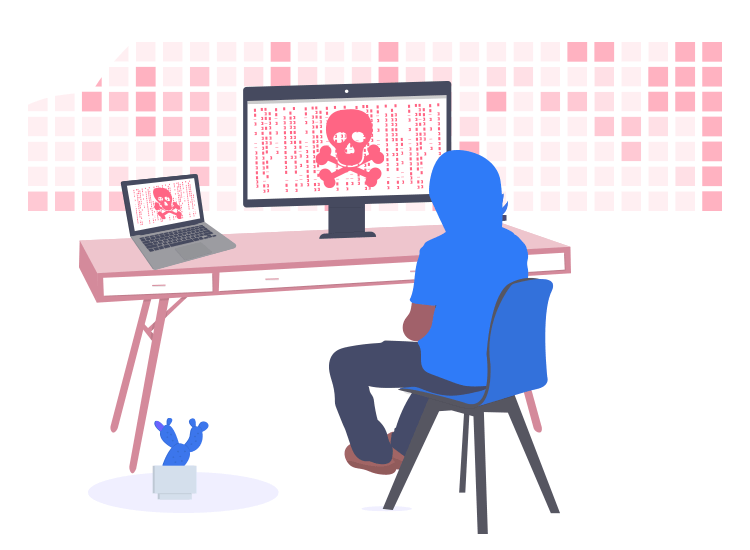
The WannaCry cryptoworm belongs to the family of ransomware and is known to be one of the ‘deadliest’ ones that we have seen in the past few decades.
Have you come across such a warning message on your device? “Oops, your important files are locked”. If Yes, then you have been infected with ransomware like WannaCry. Read ahead to find more about this deadly ransomware.
What is WannaCry ransomware?
Crowned as the most widespread attacks in the history of cybercrime, WannaCry infected around 230,000 systems across 150 countries globally in a single day. The infected systems not only included home PC’s but also included devices used by government and enterprise-level organizations.
The attack took place on May 12, 2017, and continued to infect millions of Windows PCs at a frightening speed.
Hackers lock the sensitive information stored on your device and then demand ransom for decryption of the locked files. Windows vulnerability known as MS17-010 was used by cyber-criminals to spread WannaCry. NSA discovered this loophole which was then used by Shadow Brokers to exploit numerous Windows devices.
What Did It Target?
The attack took place in multiple locations infecting various devices. Russia, Taiwan, India, Brazil, and China were few of its hotspots. In addition to home users, it also infected big organizations including:
- Government Organizations like National Health Service UK.
- Transport companies like Russian Railways.
- Enterprise-level companies like Renault, Hitachi, etc.
- World-famous Universities like the University of Montreal and many more.
Modus Operandi of WannaCry
This deadly ransomware used a “.WCRY” extension to encrypt system files and sensitive data. Additionally, a ransom note demanding $300 as ransom was left on the user’s screen which also mentioned that if the ransom is not paid within 3 days it will be doubled, and after 7 days the files will be permanently deleted.
Protect Yourself from Ransomware Strains like WannaCry
Although WannaCry is not operational anymore, the Internet spectrum is not fully protected from ransomware strains and other malicious malware.
Here are a few effective tips, to prevent getting infected from ransomware like WannaCry and other deadly PC threats.
- Regularly update your device: Updating your device software from time-to-time helps in safeguarding it against malicious malware. It provides multi-layer protection and also patches any security loopholes in your device.
- Use a Strong Antivirus and Anti-Malware tool.
- Avoid visiting infected websites: Suspicious websites and infected pop-up ads are some of the main sources of malware. Make sure that you check the authenticity of a website before you finally plan to visit it.
- Follow Proper Email Etiquette: Phishing emails are common carriers of viruses. Do not open any email from unknown sources, especially the ones with embedded attachments and links.
- Regularly back up your data to reduce the losses.
So, this was WannaCry in a nutshell for you. Follow utmost vigilance and caution while online surfing to keep yourself protected from deadly malware and ransomware.

